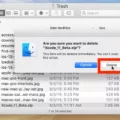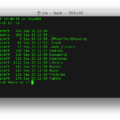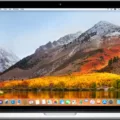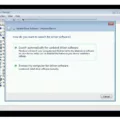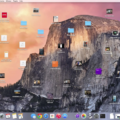Are you worried about viruses and malware on your Mac? Are you looking for the right way to run a virus scan on Mac? If so, then this blog post is for you!
The good news is that, unlike Windows PCs, Macs are generally much more secure against viruses and other malicious software. However, it’s still important to be proactive in protecting your system by running regular virus scans. This blog post will cover everything you need to know about virus scanning on a Mac, including what types of scans are available, how to run a scan, and how to ensure your computer stays safe from future threats.
First off, let’s discuss the different types of virus scans available for your Mac. The two most common types are signature-based scans and heuristic-based scans. Signature-based scanning involves using a database of known malicious code and searching for matching patterns within files on your system. Heuristic-based scanning looks at the behavior of unknown files to determine if they contain malicious code. Both methods can be effective in identifying and removing viruses from your system.
Now that you know the different types of scans available, let’s talk about how to actually run one on your Mac. The best way is through an antivirus program like CleanMyMac X (which is free). After downloading it onto your computer, simply open up the app and click the “Scan” button to start a scan. It will search through all of the files on your system and identify any potential threats that are present.
Finally, it’s important to note that running a single scan isn’t enough to keep your computer safe from infection in the long run. You should make sure that you schedule regular scans with CleanMyMac X or another antivirus program in order to keep ahead of any new threats that may arise in the future. Additionally, make sure you keep all of your software up-to-date as new versions often include security patches that can help protect against new viruses or malware variants.
By following these steps and staying vigilant with regular virus scanning on Mac, you can help ensure that your computer remains safe from malicious threats now and into the future!
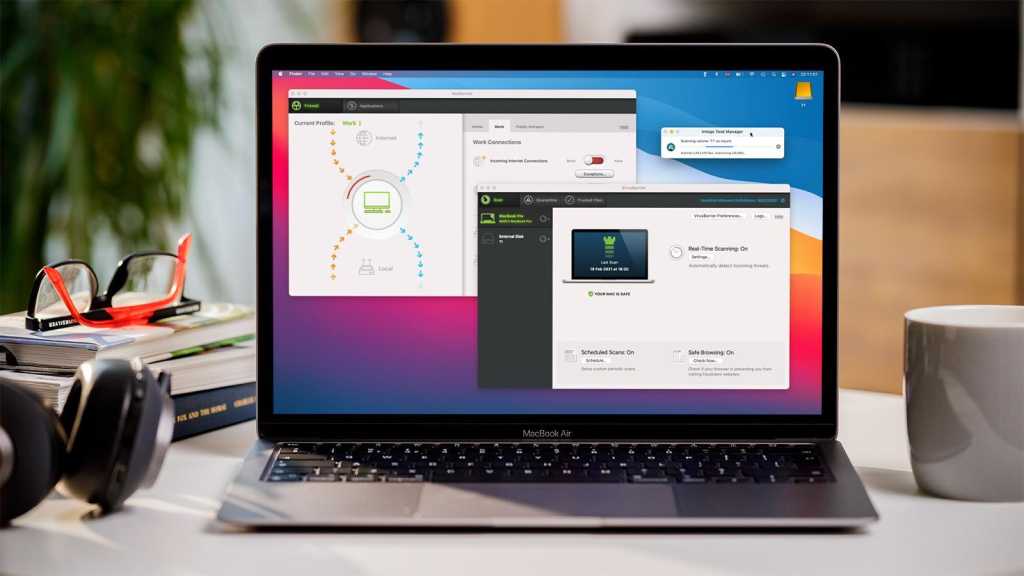
Checking If Your Mac Has a Virus
To check if your Mac has a virus, the first step is to make sure you have up-to-date anti-virus software installed. If you don’t already have one, there are several free and paid options available, such as Avast, Malwarebytes, and Kaspersky. Once installed, run a full system scan to detect any malicious software.
In addition to using anti-virus software, you can also inspect your system for suspicious activity using Activity Monitor. This is a built-in tool on all Macs that allows you to view the current processes running on your computer. If you see an application or task with high CPU or memory usage that you do not recognize, it could be malicious software. It is worth noting that some legitimate programs use a lot of system resources, so it is important to investigate further before taking action.
Finally, if you think your Mac may have been infected with a virus or other malicious software, contact Apple Support for assistance. They will be able to help diagnose and remove any potential threats from your system.
Can I Scan My Mac for Malware?
Yes, you can run a malware scan on your Mac. Apple’s built-in antivirus technology called XProtect already provides signature-based detection and removal of malware. It uses YARA signatures, which Apple updates regularly. To run a scan, open the System Preferences and select Security & Privacy. Select the General tab and click the “Scan now” button. This will initiate an automated scan for any malicious software on your computer. If any threats are found, XProtect will prompt you to remove them.
Checking Mac for Viruses Manually
Manually checking your Mac for viruses is not a simple task, but it is possible. To do so, you will need to check the applications that have access to your Mac’s disk. First, open System Preferences and click on the Security & Privacy option. Then select the Privacy tab. On the sidebar, click Full Disk Access. Here, you can see which apps have full access to your Mac’s disk. If any applications seem suspicious or unfamiliar, they could be malware or a virus. To be sure, you can use an anti-virus program or scan your Mac using Apple’s built-in Malware Removal Tool (MRT) to detect and remove any malicious software from your system.
Removing a Virus from a Mac
Scanning and removing a virus from your Mac is easy with CleanMyMac X. First, download CleanMyMac X for free from their website and open the app. Then go to the Malware Removal tab and click Scan. The app will then search for any malicious files or viruses on your Mac. When it has finished scanning, click Remove to get rid of any threats it finds. Make sure to keep CleanMyMac X up-to-date so that it can effectively protect your Mac against future threats.
Conclusion
In conclusion, Macs are a great choice for those looking for a reliable and secure computer operating system. With its intuitive design, macOS provides users with an easy-to-use interface and powerful built-in security features like XProtect and FileVault. Additionally, Macs are less prone to viruses due to their limited software install base and the use of YARA signatures. CleanMyMac X is also a great tool for automatically scanning and removing any malicious software that might have made its way onto your system. With all these features in mind, it’s clear why Macs remain one of the most popular computer systems on the market today.

